Blog
Managing IT and Digital Transformation Projects with Enterprise PPM
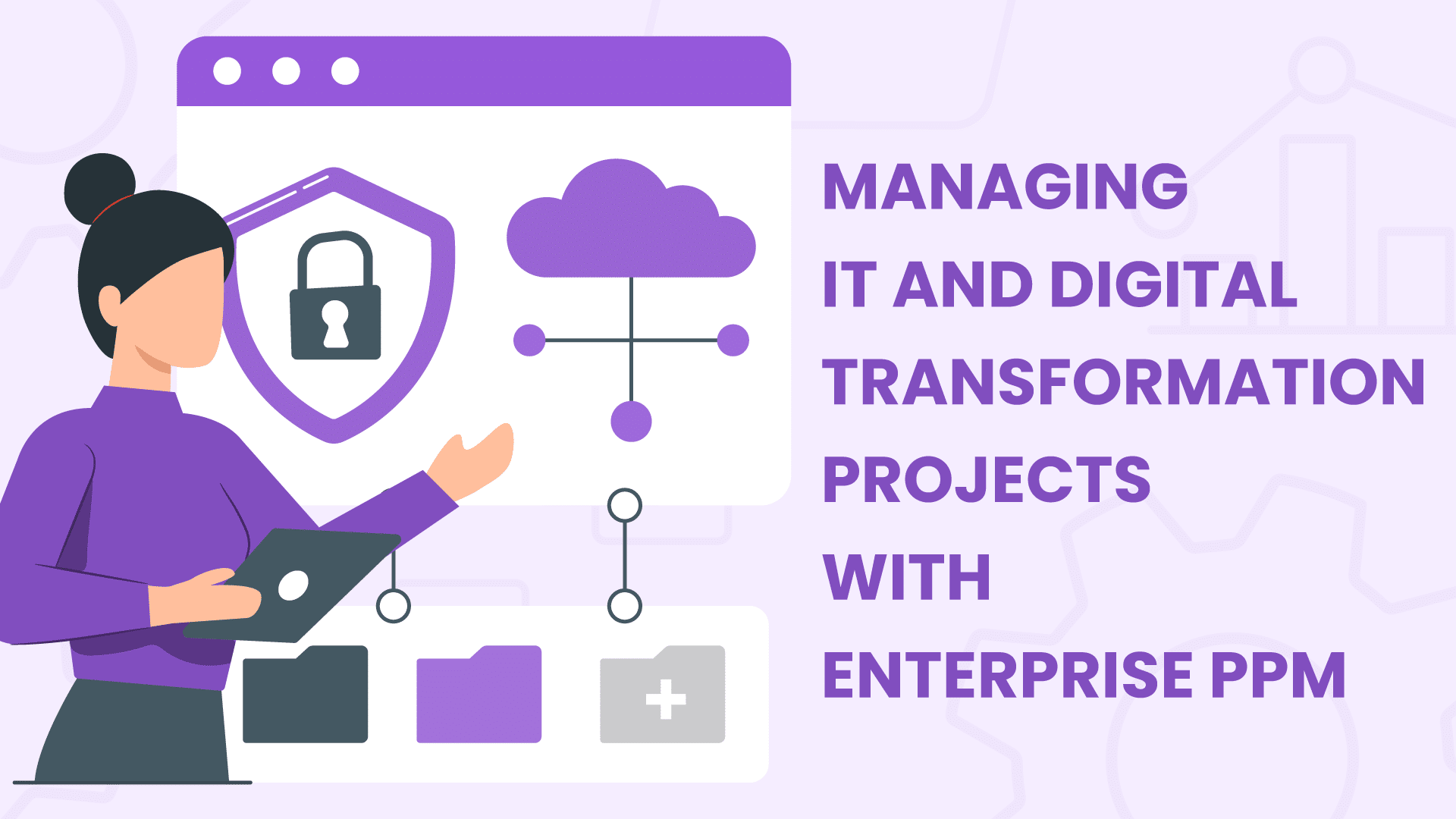
Introduction: How Enterprise PPM Improves IT Project Management and Digital Transformation
Managing IT projects has become one of the most important enablers of digital transformation. From cloud migrations and ERP rollouts to cybersecurity initiatives, organizations rely on IT project management to modernize operations and stay competitive. Yet success is far from guaranteed.
According to McKinsey, nearly 70% of digital transformation initiatives fail to meet their objectives. (1) Common reasons include a lack of visibility, unclear governance, and poor alignment between IT programs and business strategy. These challenges not only increase costs but also delay the benefits of transformation.
This is where Enterprise Project Portfolio Management (Enterprise PPM) becomes critical. By strengthening IT project management with centralized visibility, structured governance, and better resource allocation, Enterprise PPM helps organizations deliver transformation projects that achieve measurable business outcomes.
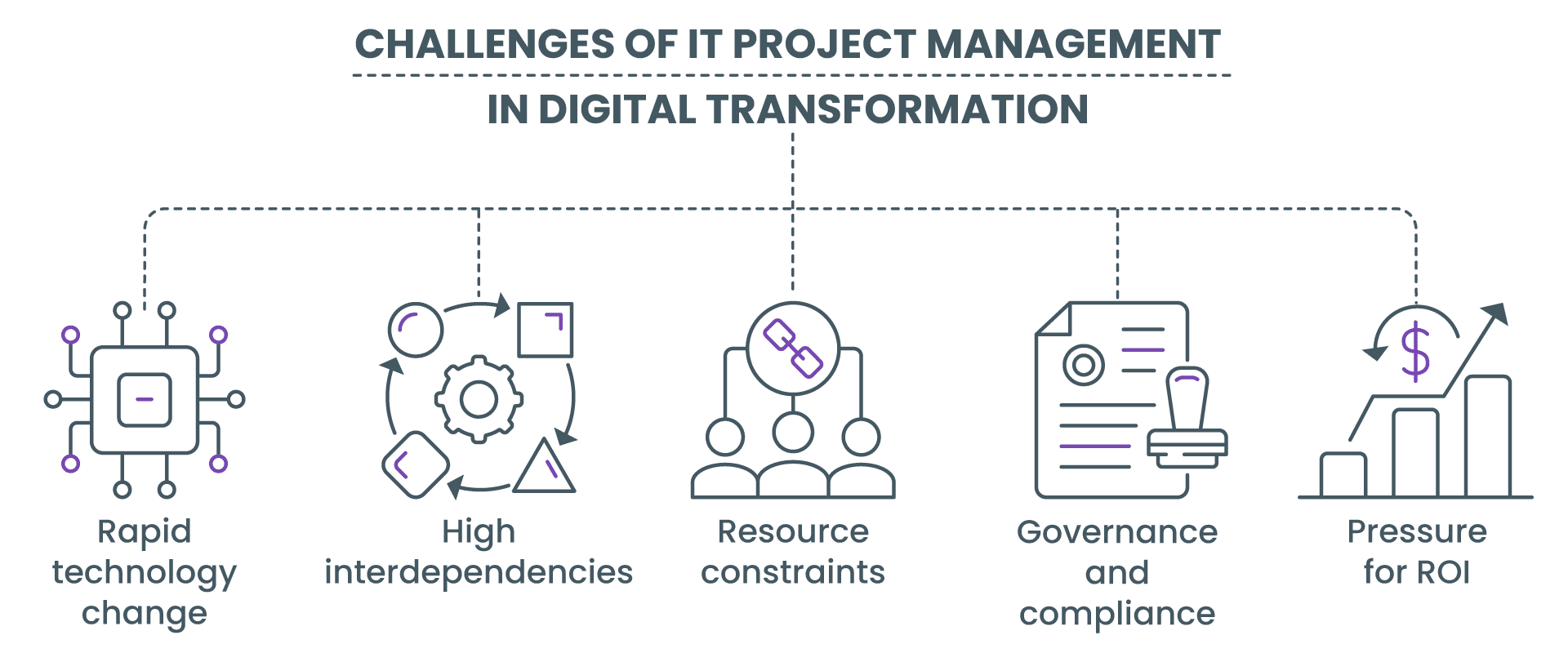
1. The Challenges of IT Project Management in Digital Transformation
IT project management is never simple, and digital transformation adds another layer of complexity. These initiatives are often large, fast-moving, and strategically critical. However, many organizations struggle with execution. The main challenges include:
- Rapid technology change: New platforms and tools emerge quickly, which makes long-term planning difficult.
- High interdependencies: IT programs such as ERP or cloud migration rely on multiple teams and systems working together.
- Resource constraints: Skilled IT staff are limited, and demand often exceeds capacity.
- Governance and compliance: Especially in finance, healthcare, and government, strict regulations add oversight.
- Pressure for ROI: Executives expect clear business value, fast results, and cost control.
As a result, IT and digital transformation projects often suffer from scope creep, missed deadlines, or limited adoption. Moreover, without strong visibility and governance, organizations risk investing heavily without seeing measurable outcomes.
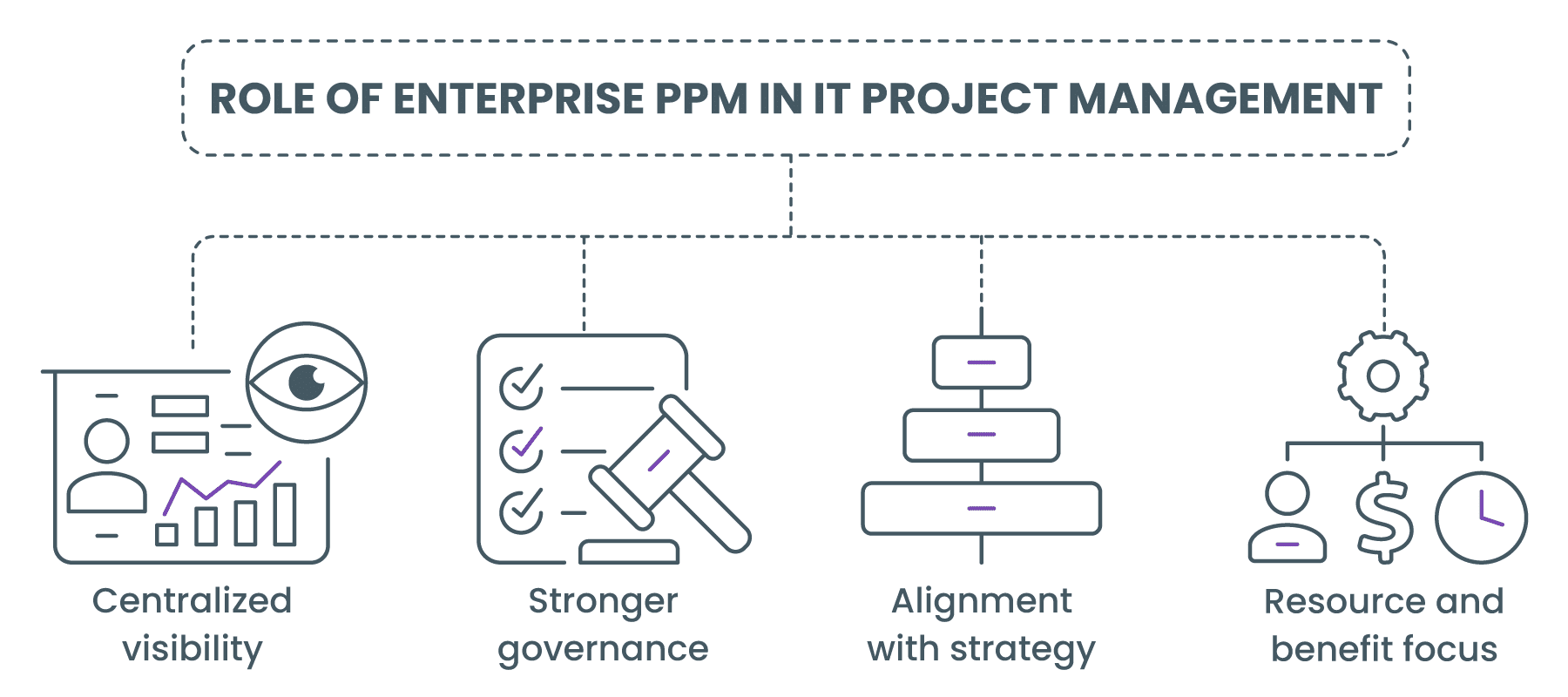
2. The Role of Enterprise PPM in IT Project Management
Centralized visibility
IT projects often run in silos, using different tools and reporting structures. Enterprise PPM unifies these efforts by giving leaders a single, consistent view of all initiatives. This reduces duplication and improves decision-making.
Stronger governance
Digital transformation projects involve large budgets and high risks. With Enterprise PPM, organizations can introduce stage-based approvals, compliance checks, and clear accountability. As a result, governance becomes part of daily operations rather than an afterthought.
Alignment with strategy
Not all IT projects deliver equal value. Enterprise PPM helps prioritize initiatives that drive transformation forward, ensuring that investments support the organization’s long-term digital goals.
Resource and benefit focus
Beyond scheduling tasks, PPM provides capacity planning to prevent staff overload. It also shifts attention from activity metrics to outcomes, allowing teams to measure benefits such as efficiency gains, reduced costs, or improved customer experience.
In this way, Enterprise PPM expands the scope of IT project management. It connects execution to strategy, enabling organizations to deliver transformation initiatives with greater speed, control, and measurable value.
3. Essential Features of PPM Software
A Gartner review of PPM platforms emphasizes that powerful capabilities – such as strategic portfolio management, adaptive project workflows, and collaborative work management – are essential for effective IT project delivery. (2)

Portfolio prioritization
Large organizations often juggle dozens of IT initiatives at once. PPM software makes it possible to evaluate projects side by side, compare their potential value, and fund those that support digital transformation the most. This helps avoid spreading resources too thin and ensures strategic alignment.

Roadmap planning
Transformation is rarely achieved through a single project. It requires a sequence of initiatives over months or years. With PPM software, IT leaders can build roadmaps that connect these programs into a coherent path, making it easier to track dependencies and milestones.

Budget and cost control
Budgets for IT projects can quickly spiral out of control. PPM software provides cost tracking across portfolios, separating capital and operational expenditures and allowing leaders to monitor spending in real time. This financial oversight is key to proving ROI.

Risk and compliance management
Whether in healthcare, finance, or government, IT project management must operate within strict regulatory frameworks. PPM software supports compliance audits, tracks risks, and embeds governance into every project stage, reducing exposure to costly setbacks.

Collaboration and stakeholder engagement
Digital transformation touches every part of an organization, not just IT. PPM software provides platforms for collaboration, where project teams, executives, and business units can align on goals, share progress, and resolve issues faster.
Together, these features make PPM software more than a scheduling tool. They turn IT project management into a discipline that delivers not just completed tasks, but measurable digital outcomes.
4. Best Practices for Managing IT and Digital Transformation Projects with PPM
Successful IT project management requires more than the right software. It also depends on applying consistent methods that balance flexibility with governance. According to the Project Management Institute’s Pulse of the Profession® 2023 report, organizations that adopt strong governance practices are significantly more likely to deliver projects that meet original business goals and stay within budget. (3)
These best practices help ensure digital transformation projects deliver lasting value:
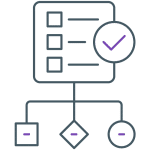
1. Establish clear governance frameworks
Use structured models such as Stage-Gate or formal approval workflows. This ensures that every project passes checkpoints before moving forward, reducing risk and increasing accountability.

2. Link projects to measurable KPIs
Digital transformation should not be measured only by delivery speed. Track outcomes such as cost savings, efficiency improvements, or customer satisfaction to show real business impact.
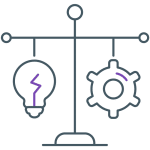
3. Balance innovation with control
IT teams need room to experiment with new technologies. However, a strong PPM approach ensures that innovation still aligns with compliance and organizational strategy.

4. Secure executive sponsorship
Transformation projects succeed when leadership actively supports them. Executive backing ensures visibility, resources, and faster resolution of issues.

5. Leverage real-time reporting
Use dashboards and analytics within your PPM system to monitor progress. Real-time insights allow managers to course-correct early, keeping projects aligned with objectives.
When these practices are combined with Enterprise PPM, IT project management becomes a strategic driver of transformation rather than a delivery challenge.
5. Real-World Use Cases of IT Project Management with Enterprise PPM
A global manufacturer planning a cloud migration often faces the challenge of coordinating multiple vendors and internal IT teams. Enterprise PPM provides a single framework for prioritizing initiatives, aligning timelines, and tracking progress across the migration portfolio.
In cybersecurity programs, prioritization is crucial. New threats emerge constantly, and organizations must decide which risks to address first. PPM tools give security leaders the ability to compare projects based on business impact, cost, and compliance requirements, ensuring resources go to the most urgent initiatives.
For large-scale ERP or enterprise system rollouts, dependencies across departments can easily create bottlenecks. With PPM software, managers can map interdependencies, monitor critical paths, and keep the rollout aligned with both IT capacity and business readiness.
In regulated sectors such as healthcare and finance, digital transformation adds the extra challenge of compliance. Enterprise PPM embeds governance into project workflows, making it easier to demonstrate adherence to industry standards while still innovating.
The risks of failure are significant. A study by the University of Oxford and McKinsey found that 17% of IT projects fail so severely they can threaten a company’s survival. (4) This underlines the importance of portfolio-level oversight to anticipate risks before they become critical.
Together, these examples show how Enterprise PPM extends the reach of IT project management, helping organizations manage complexity, reduce risk, and ensure digital initiatives deliver measurable value.
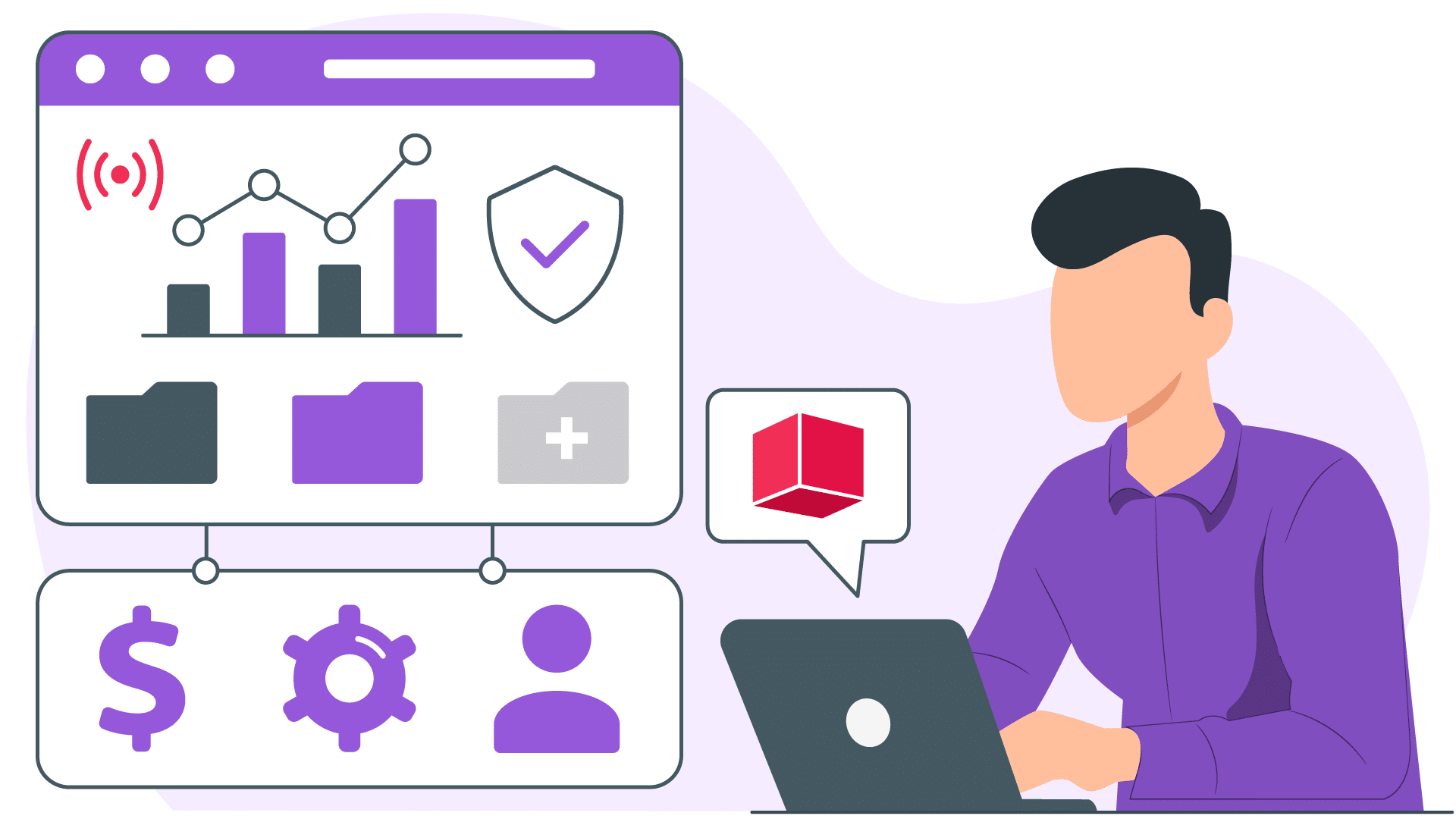
6. How Cerri Project Supports IT and Digital Transformation Project Management
Managing IT portfolios requires tools that can balance governance with flexibility. Cerri Project offers capabilities that help IT leaders plan, execute, and track digital transformation initiatives at scale.
The platform supports strategic alignment, ensuring that projects are selected and prioritized based on business value. Built-in governance workflows provide structure for approvals and compliance, while resource and cost management features help organizations allocate staff and control budgets effectively.
Cerri Project also integrates with existing enterprise systems, which reduces data silos and improves collaboration across departments. By combining these features, the solution enhances IT project management, giving organizations the visibility and control needed to deliver transformation programs successfully.
Conclusion: Unlocking Digital Success with Enterprise PPM
Digital transformation is one of the most demanding undertakings for any organization. IT projects sit at the center of this effort, yet without structure and oversight, many fail to deliver expected outcomes. Strong IT project management supported by Enterprise PPM provides the governance, visibility, and strategic alignment needed to succeed.
With the right practices in place, organizations can reduce risk, prioritize investments, and measure results in terms of real business value. Enterprise PPM turns complex IT portfolios into manageable programs that contribute directly to digital growth.
For companies seeking to strengthen their project delivery, exploring solutions that embed these capabilities—such as Enterprise PPM platforms designed for IT and digital transformation—can be the key to achieving lasting success.
Sources & References
1 McKinsey & Company – Common pitfalls in transformations: A conversation with Jon Garcia
https://www.mckinsey.com/capabilities/transformation/our-insights/common-pitfalls-in-transformations-a-conversation-with-jon-garcia
2 Gartner – Project Portfolio Management Worldwide Reviews
https://www.gartner.com/reviews/market/project-portfolio-management-worldwide
3 Project Management Institute – Pulse of the Profession® 2023: Powering the Project Economy
https://www.pmi.org/learning/library/pulse-of-the-profession-2023
4 University of Oxford & McKinsey – Digital Transformation Statistics (IT project risk study)
https://mooncamp.com/blog/digital-transformation-statistics


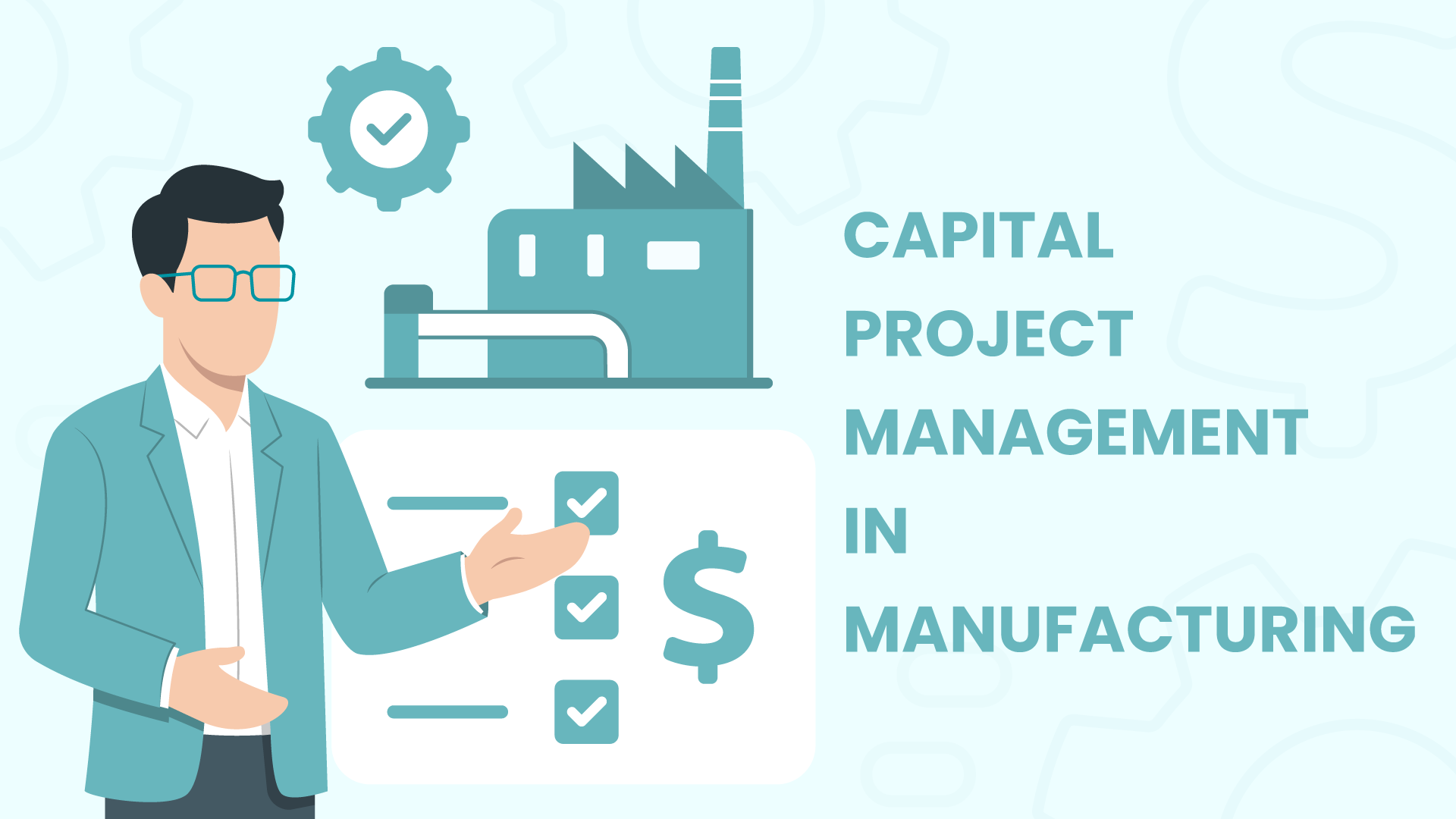



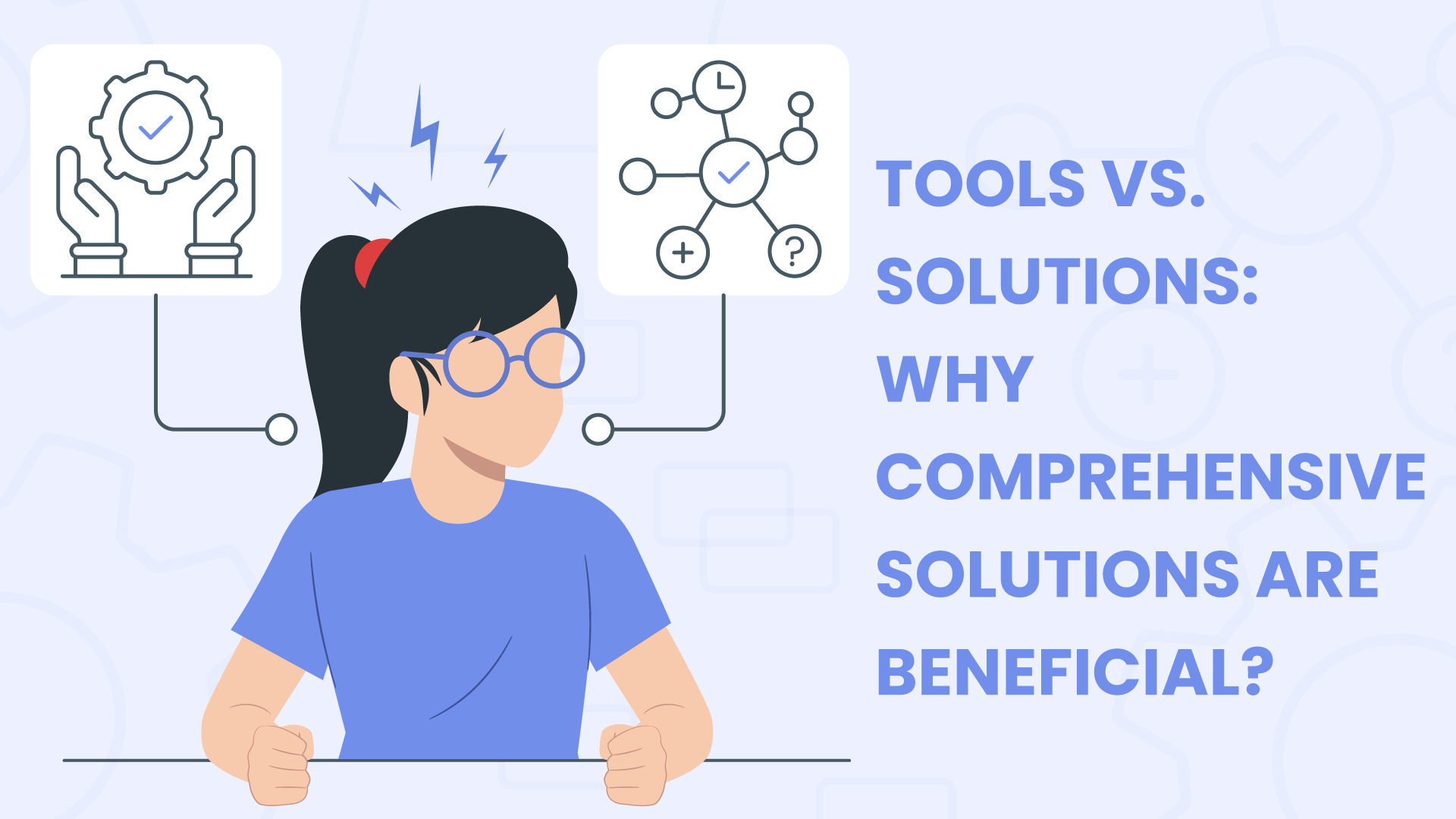




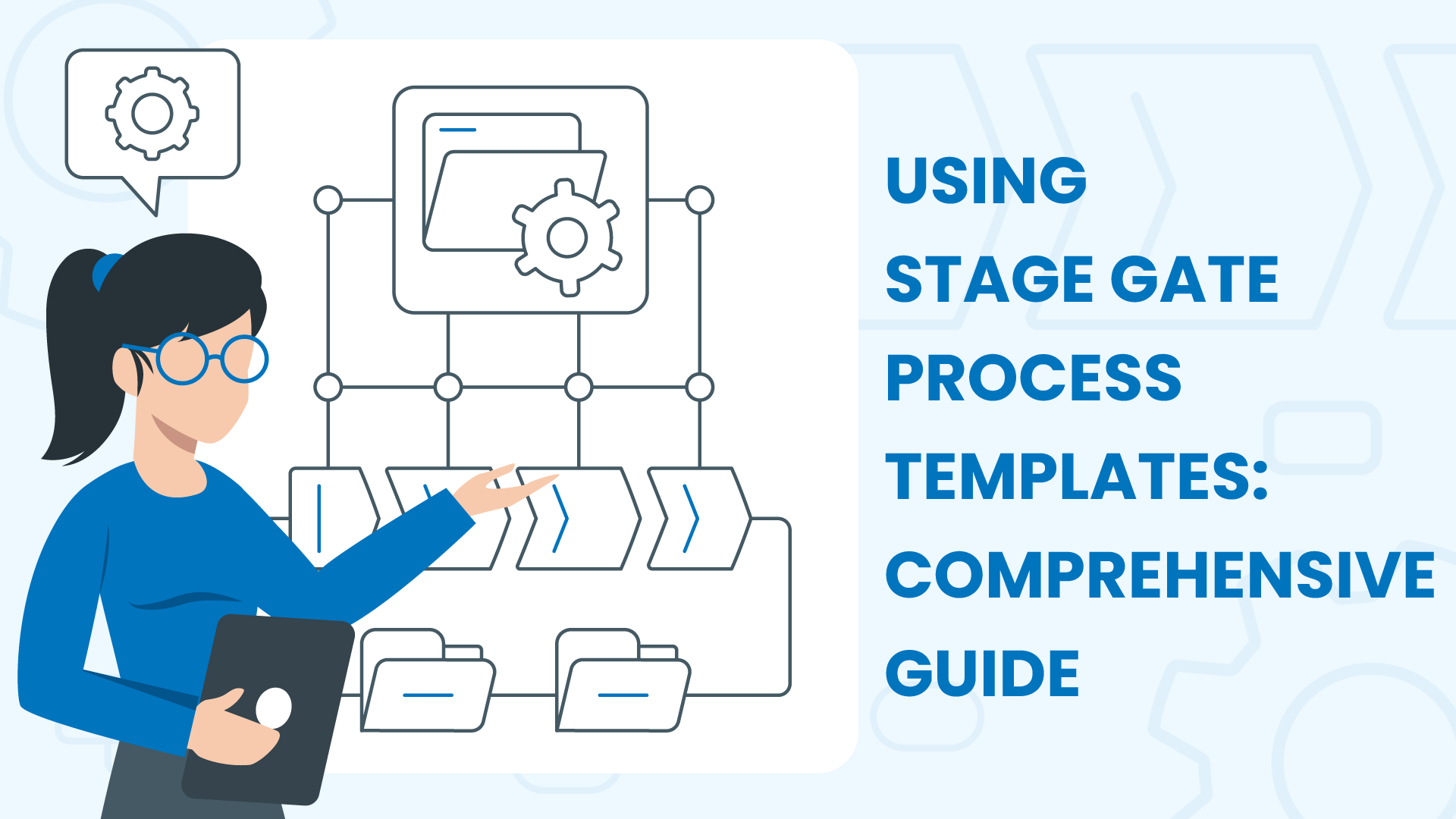




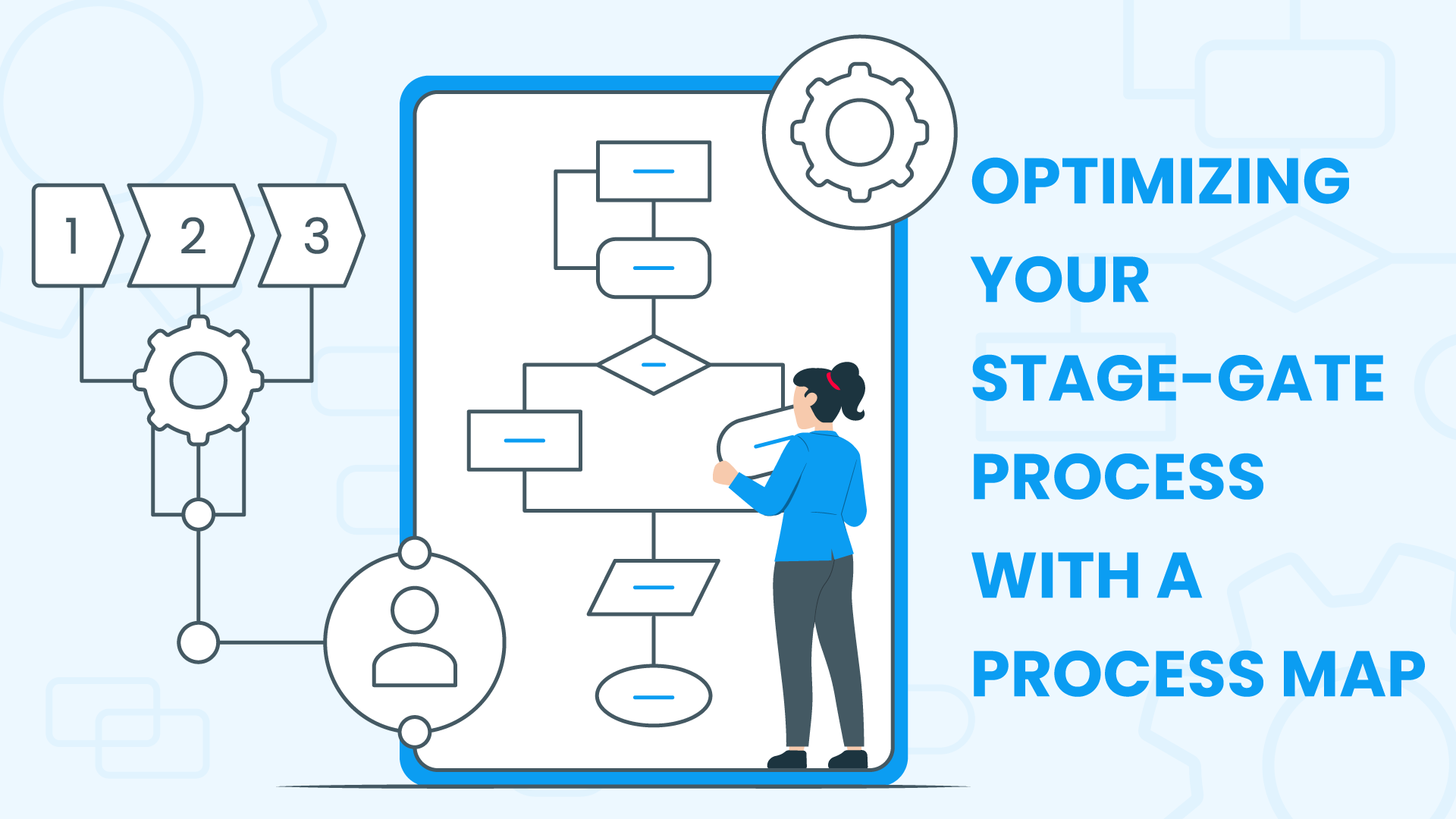


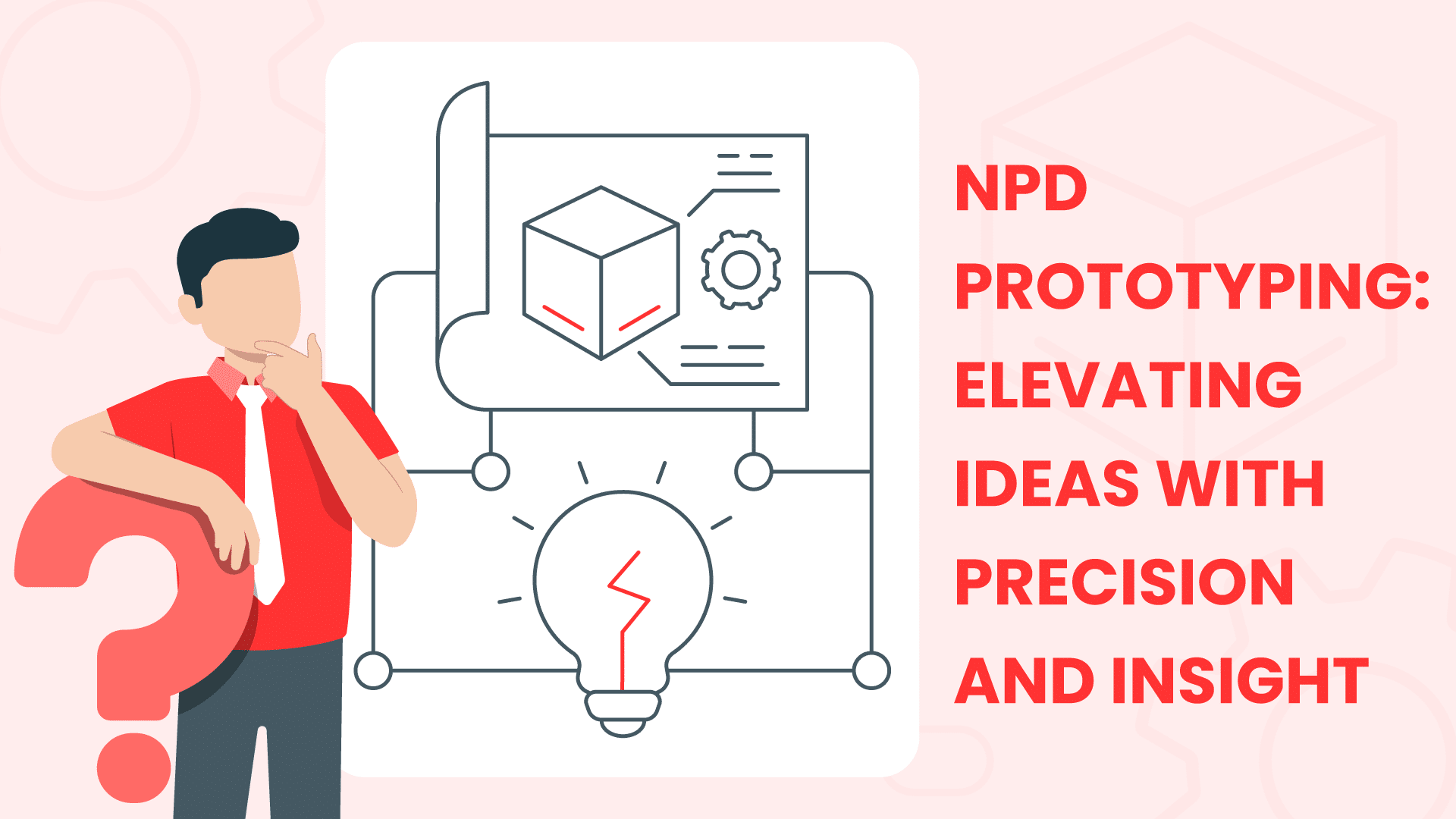

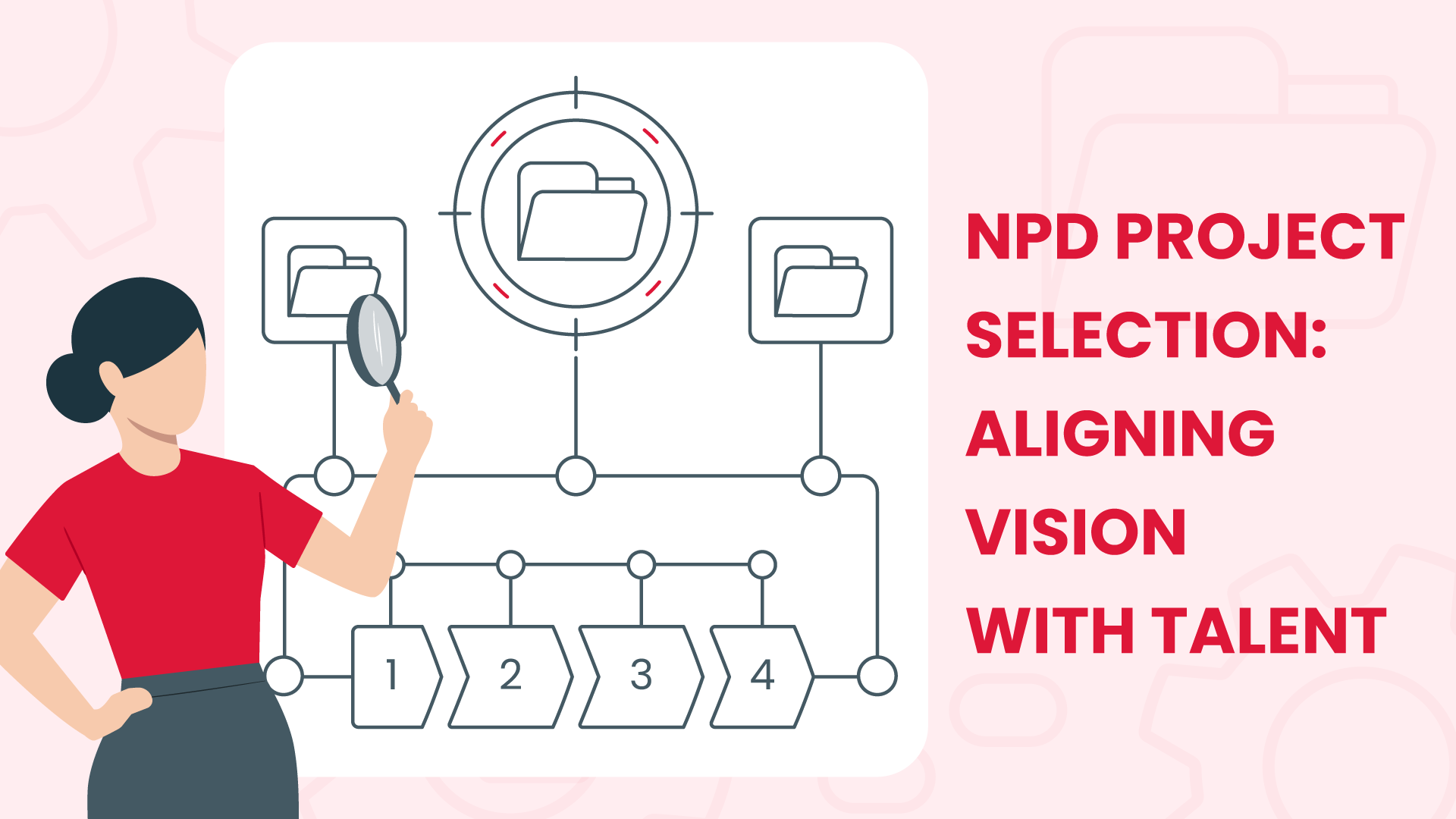



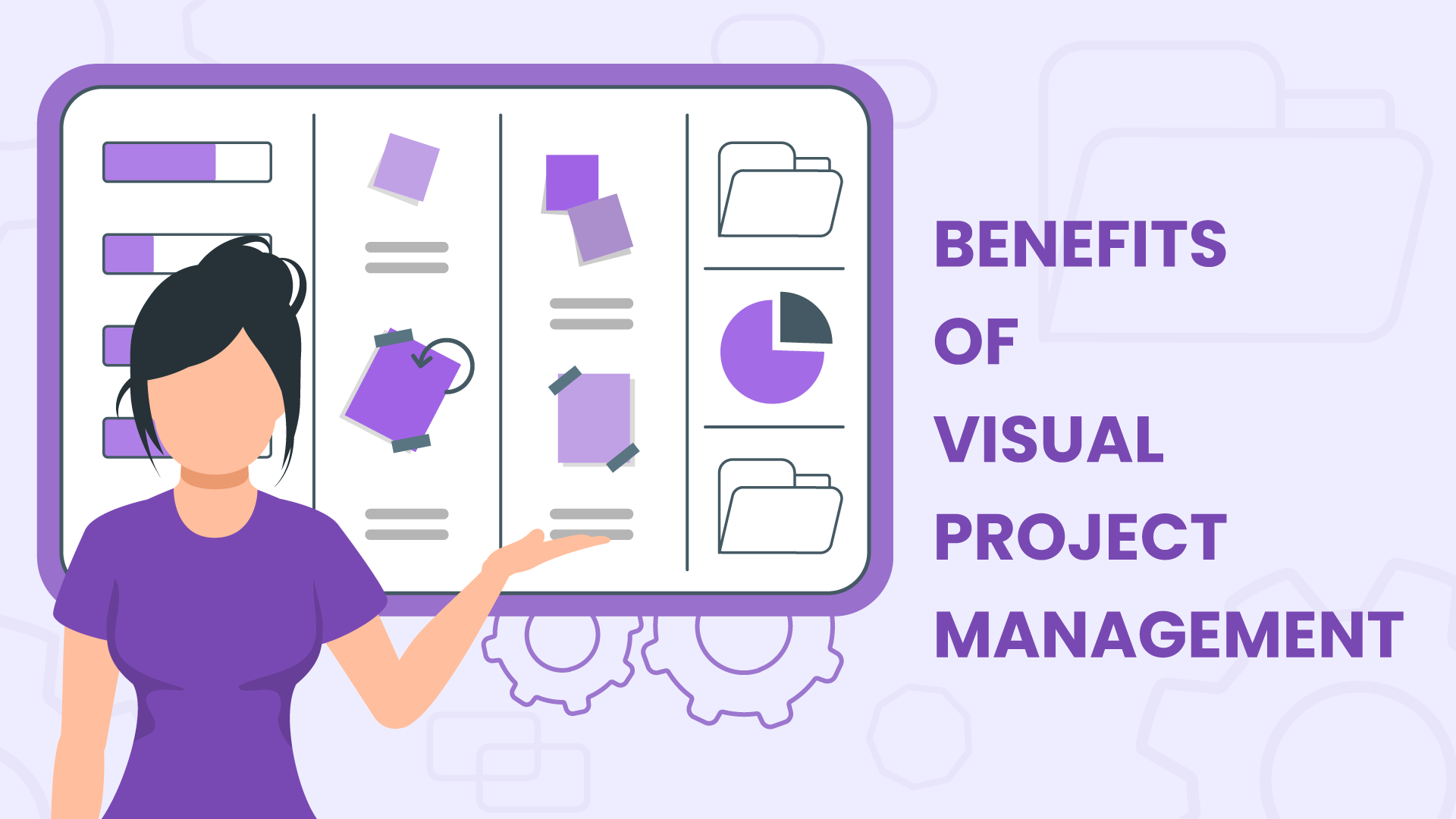


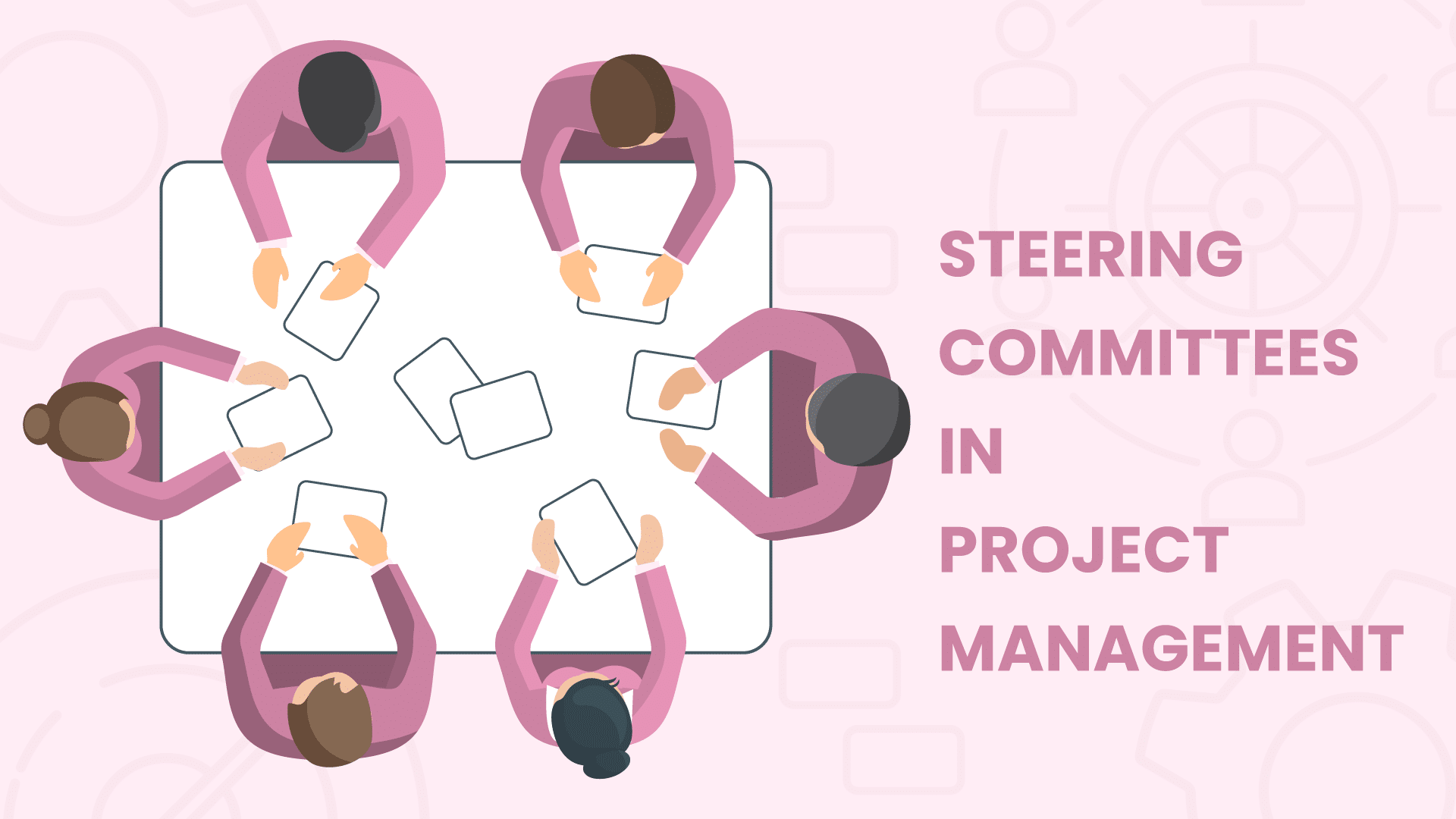

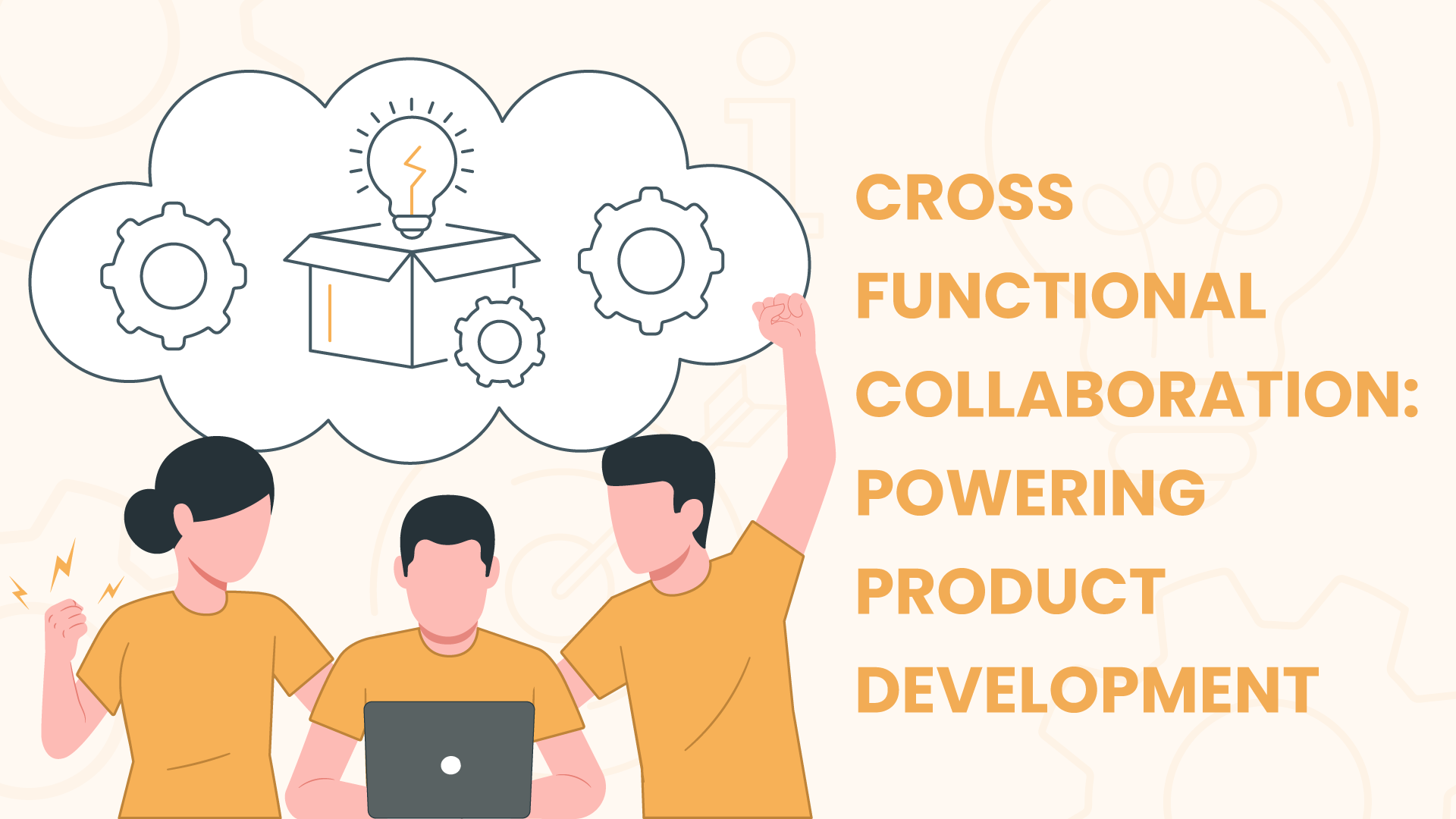



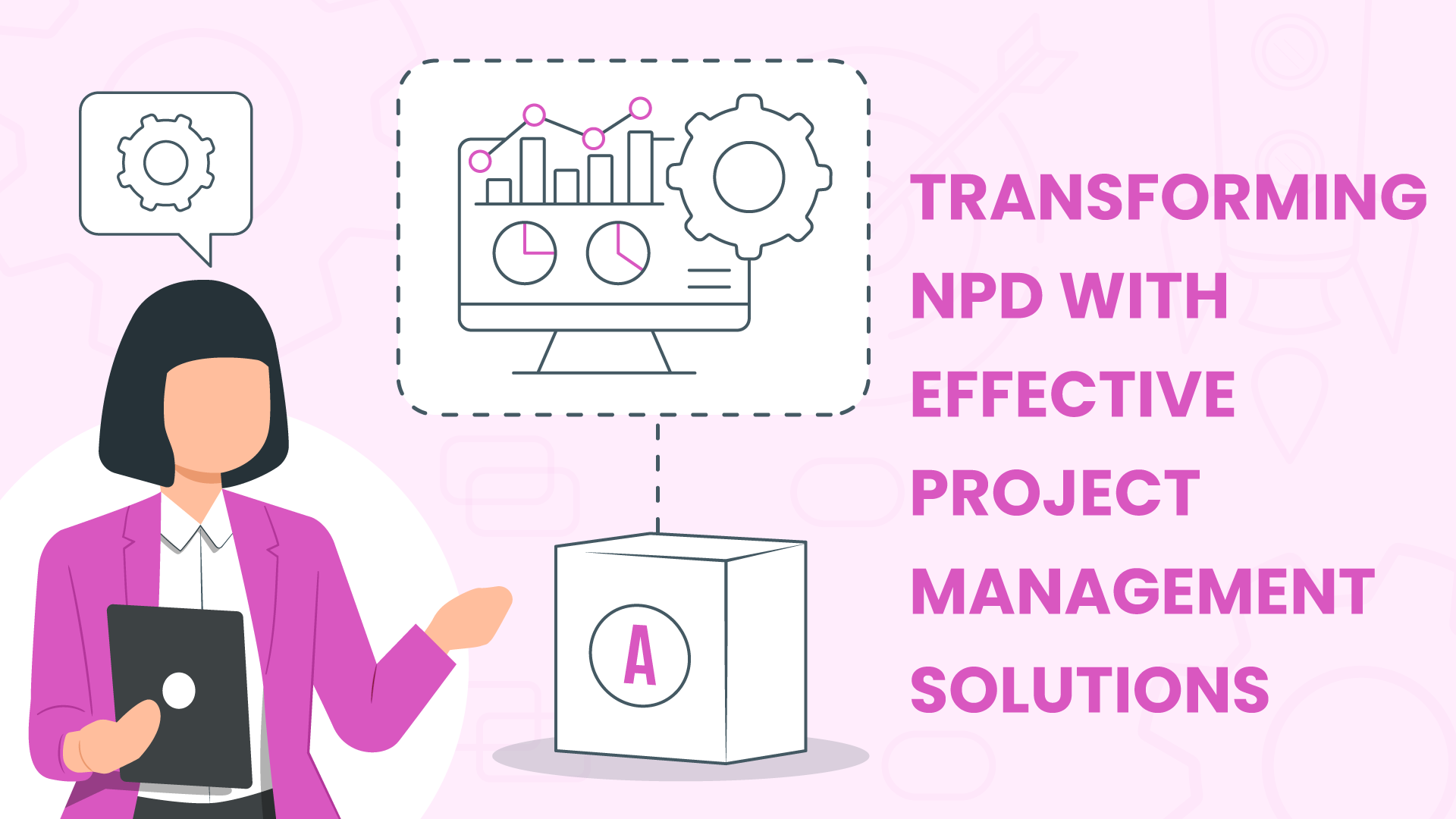
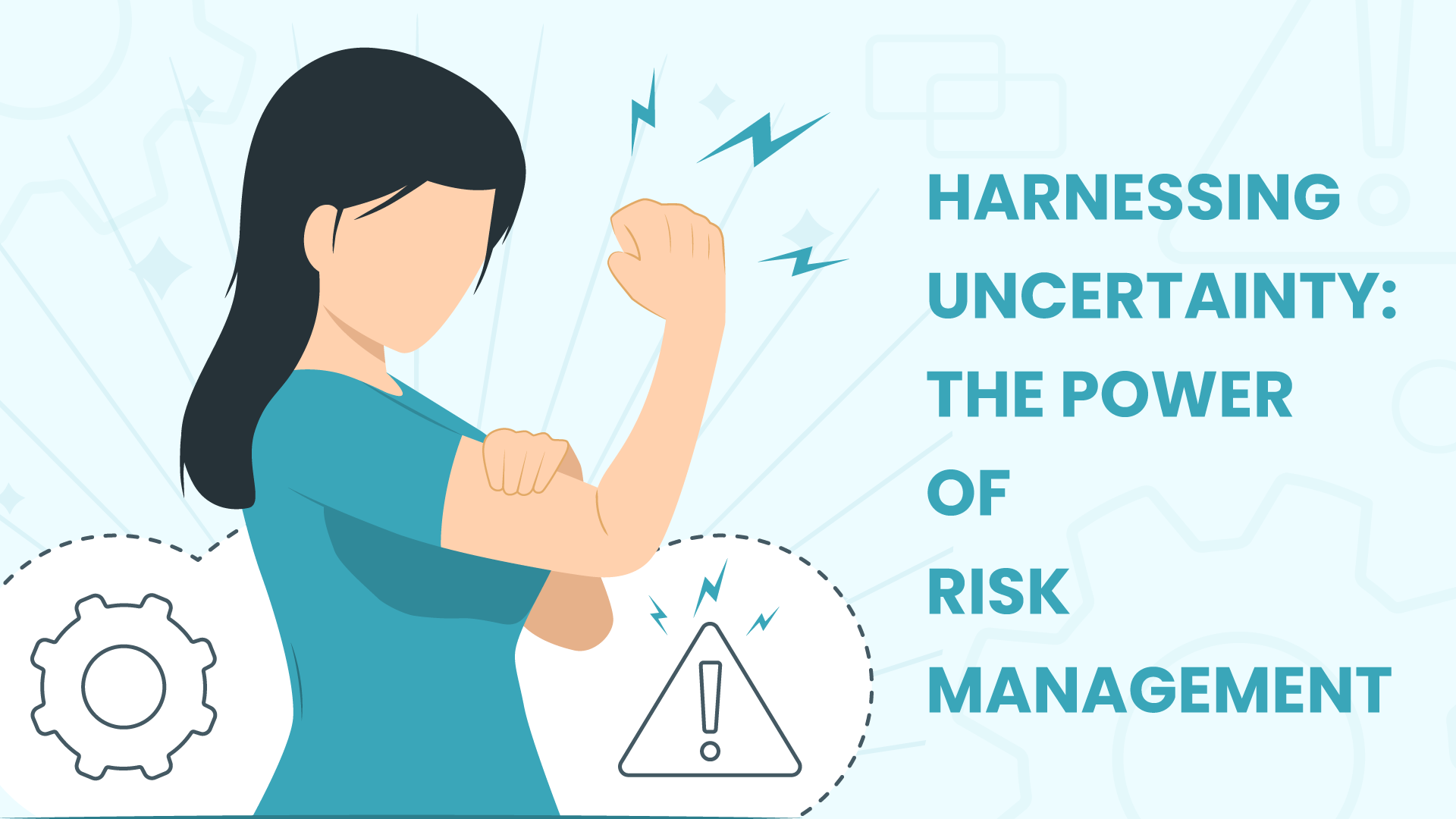
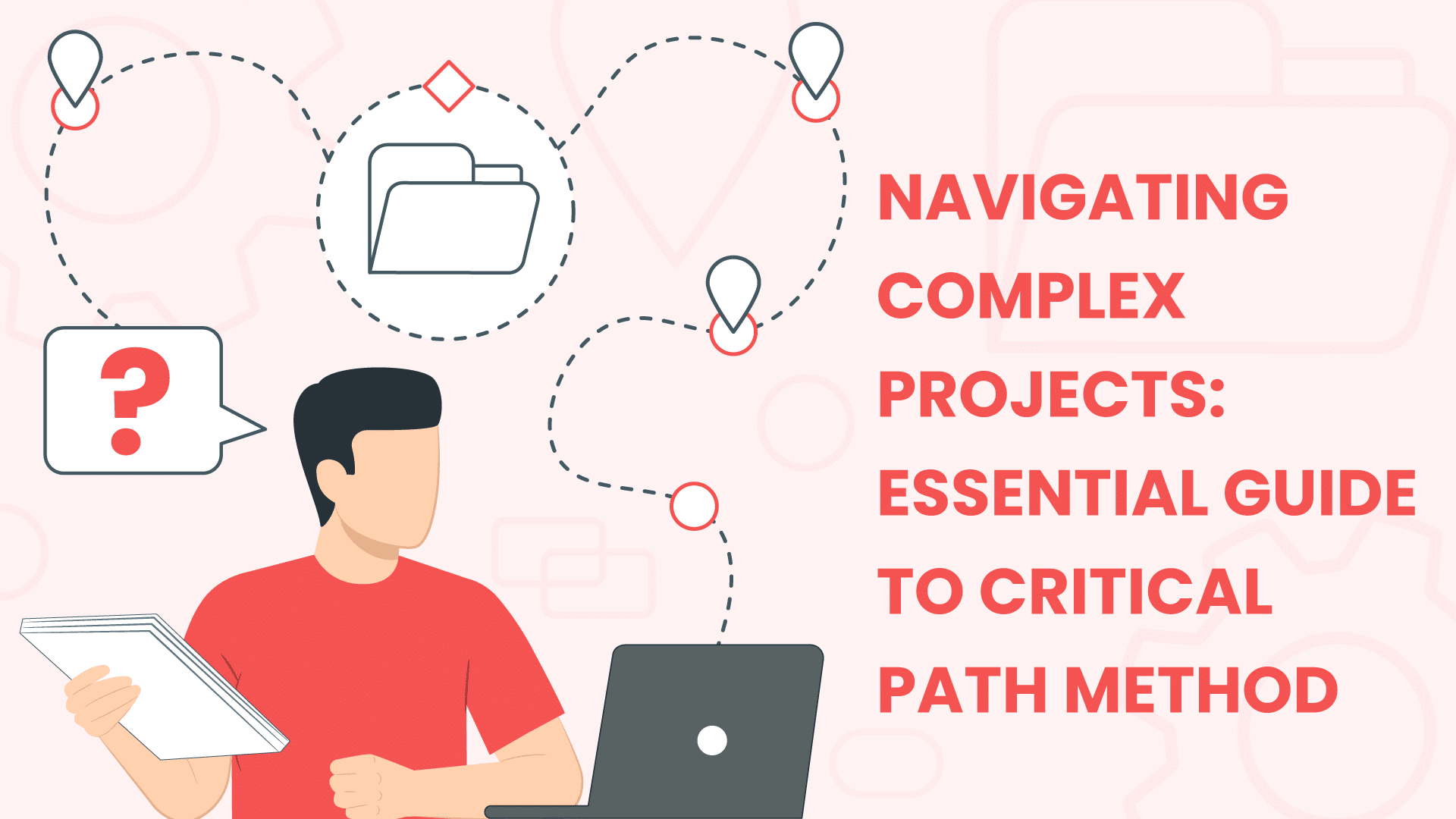





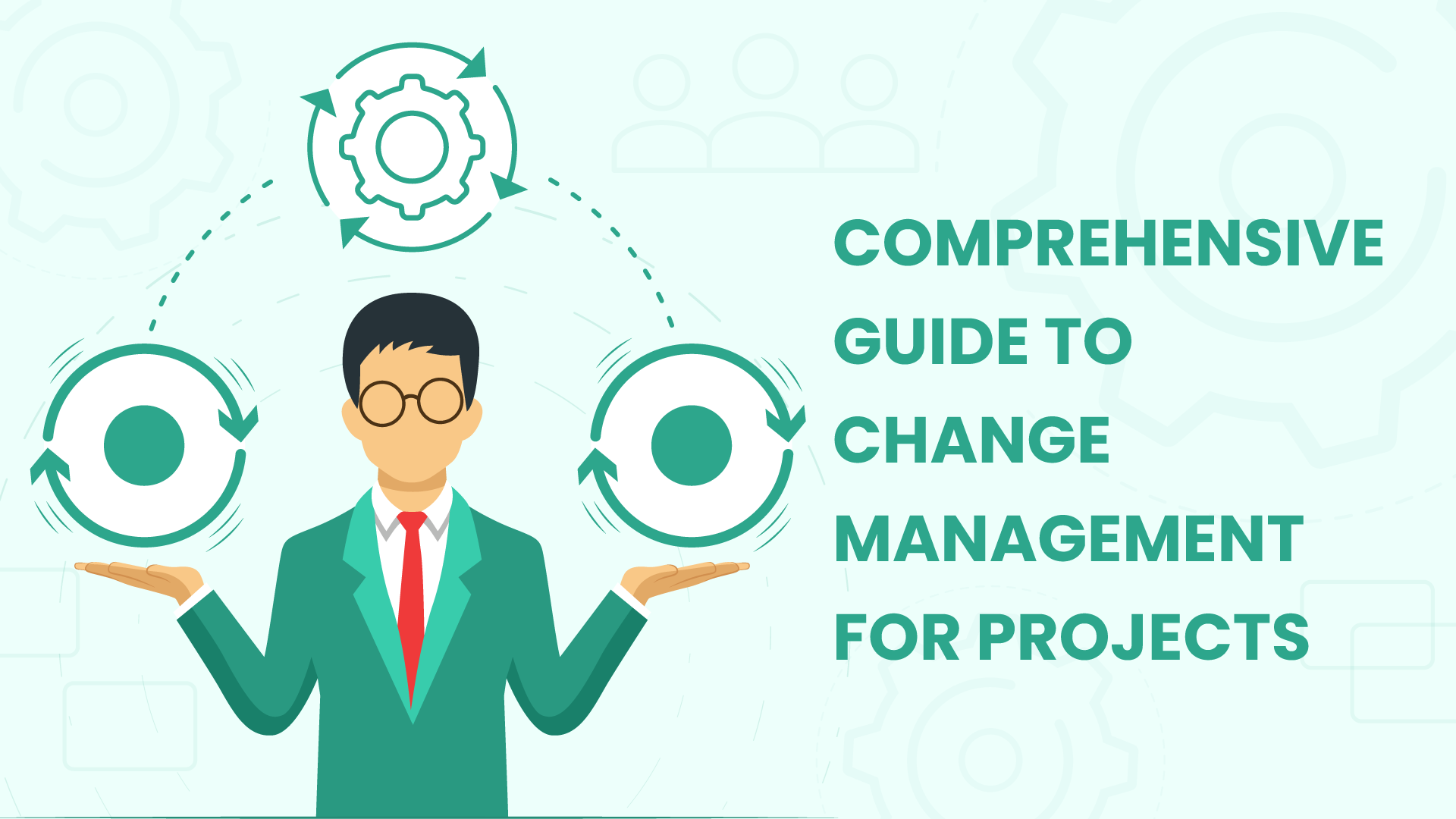

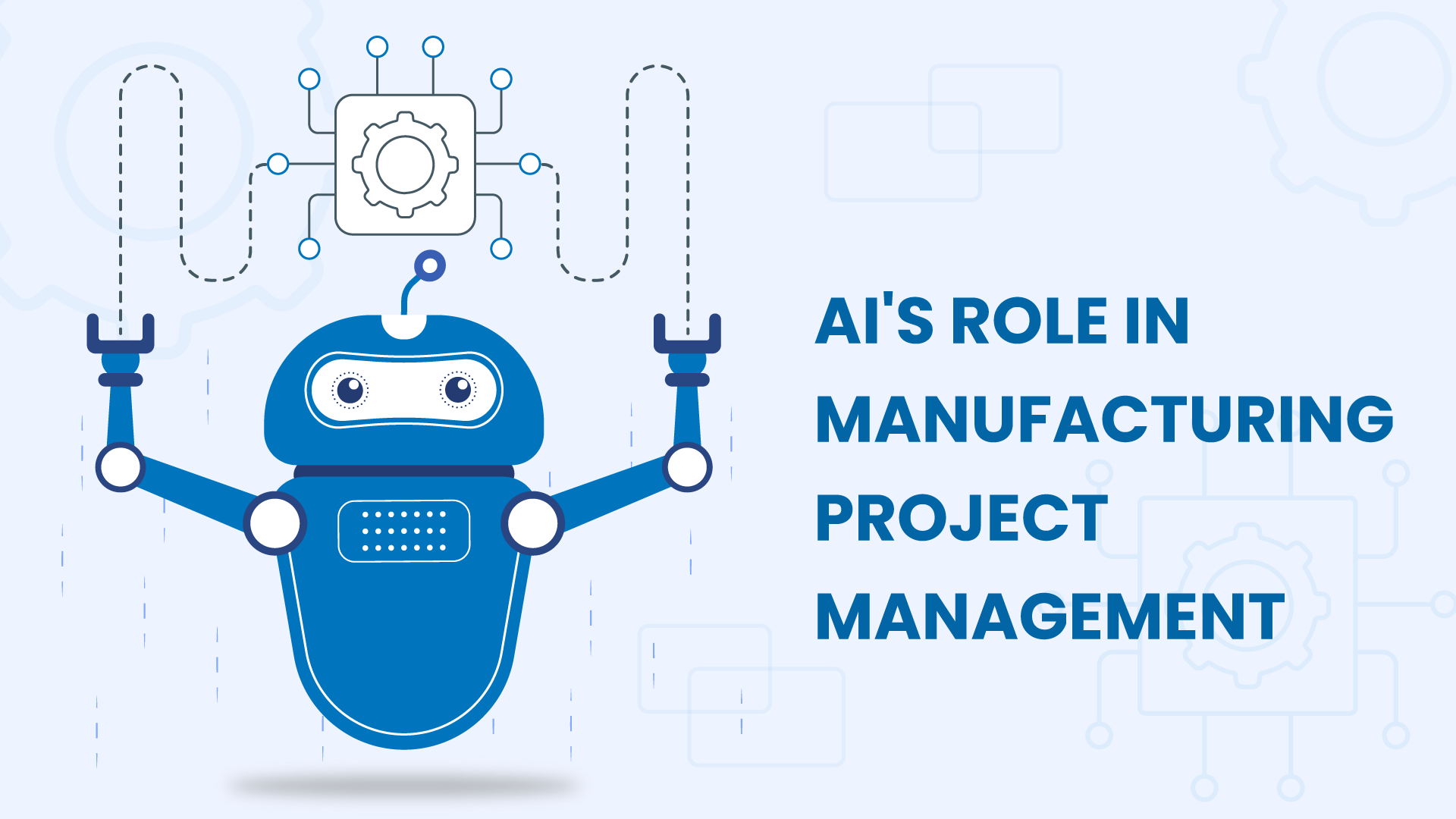


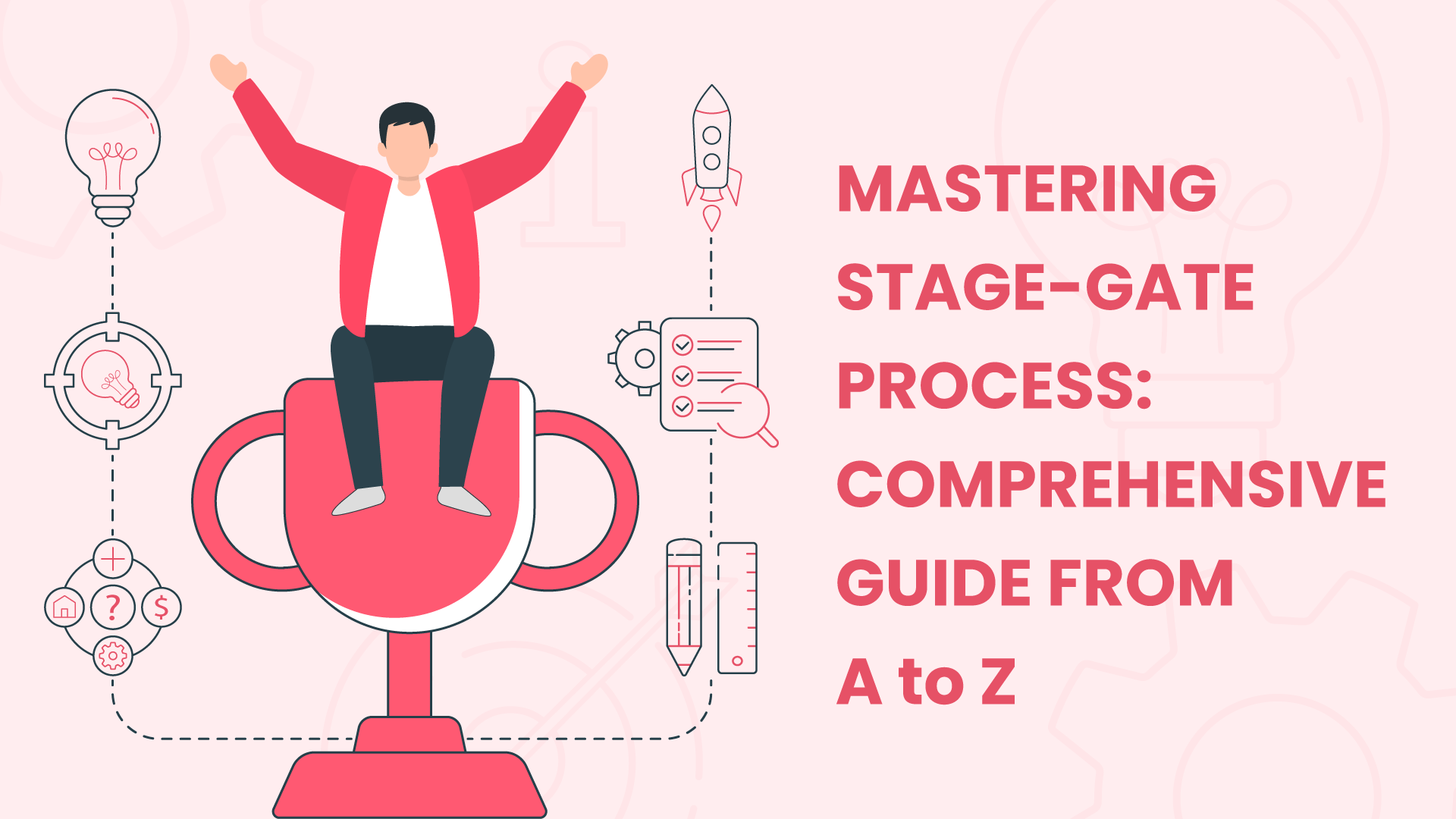
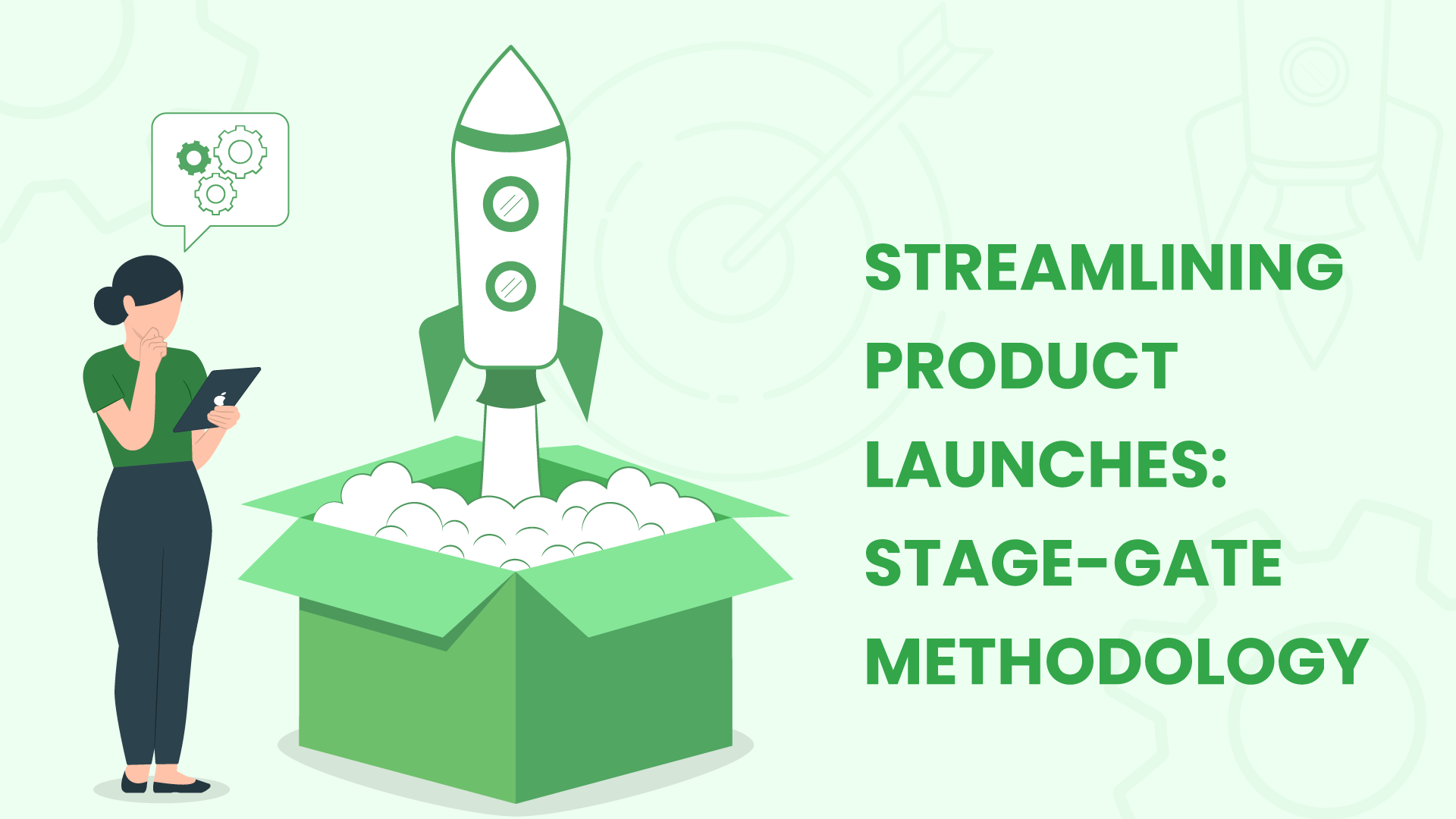
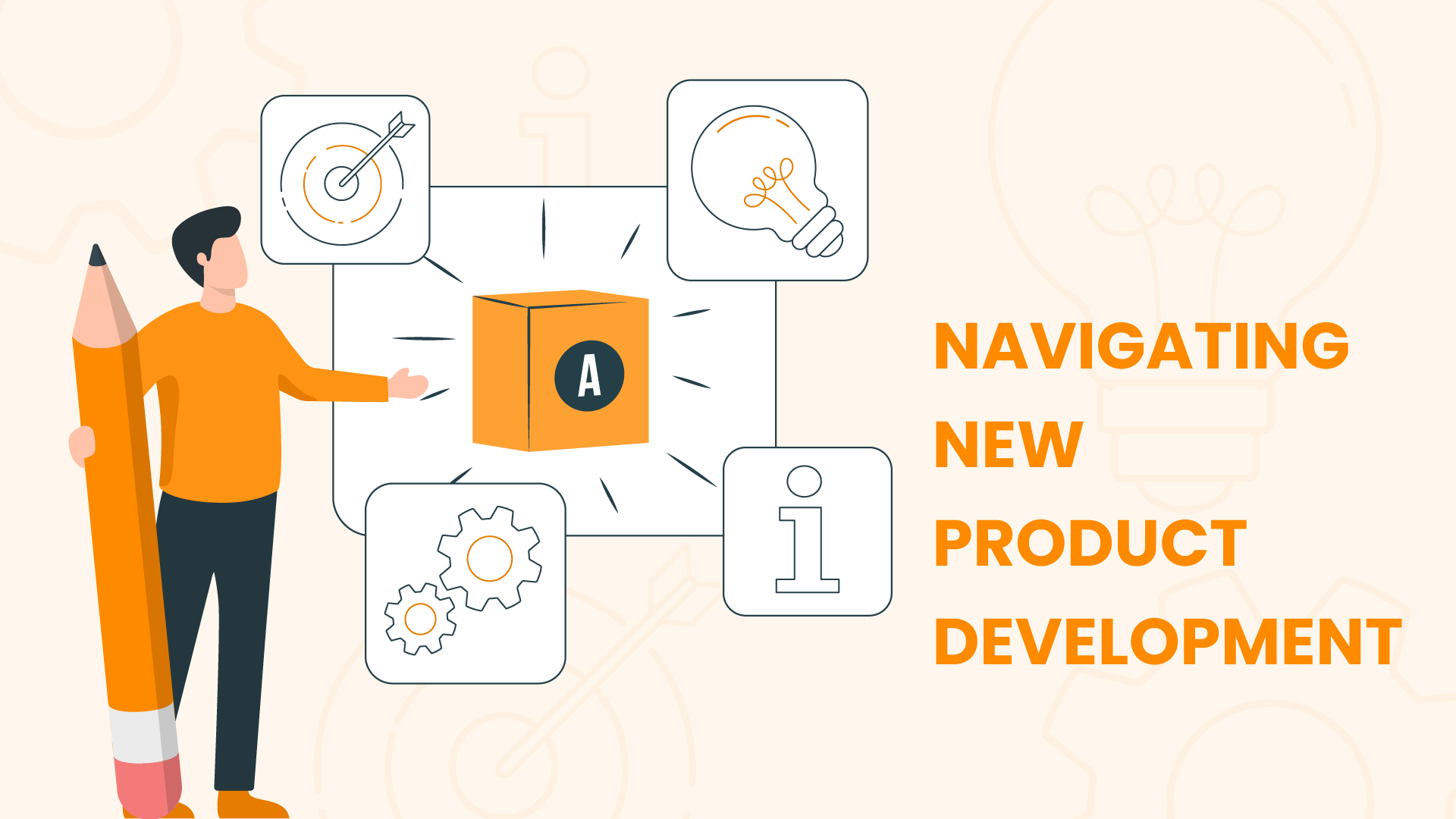





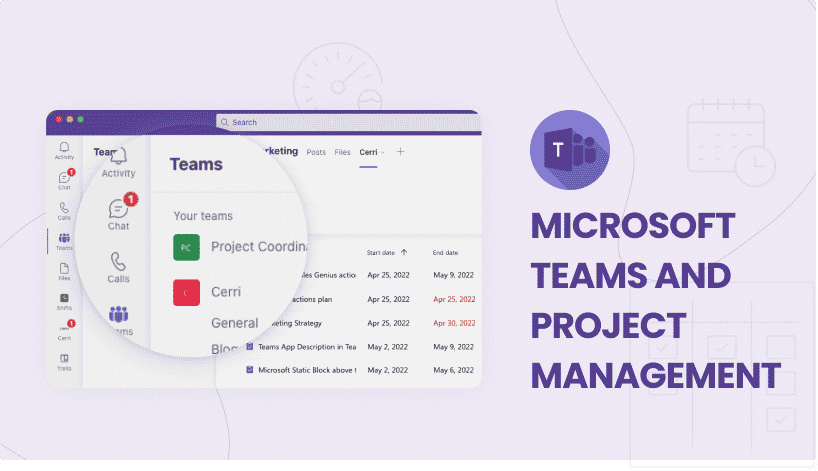

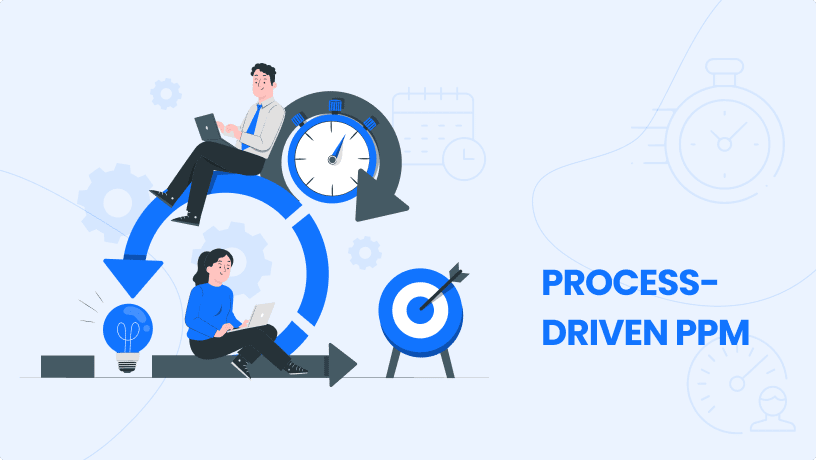

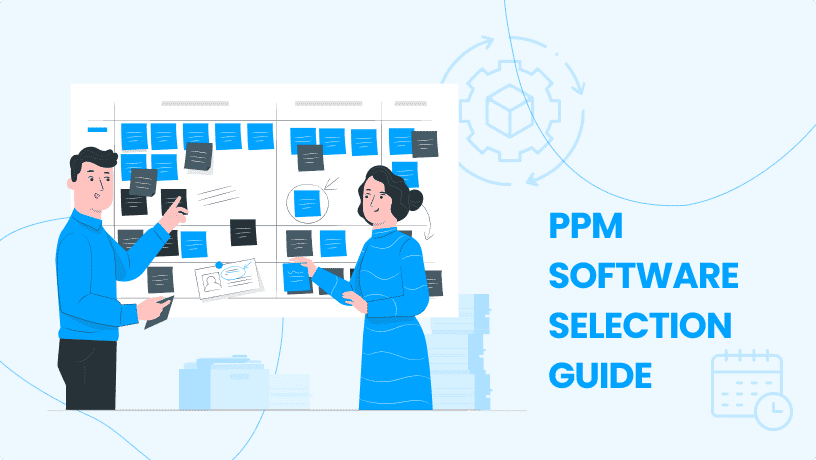
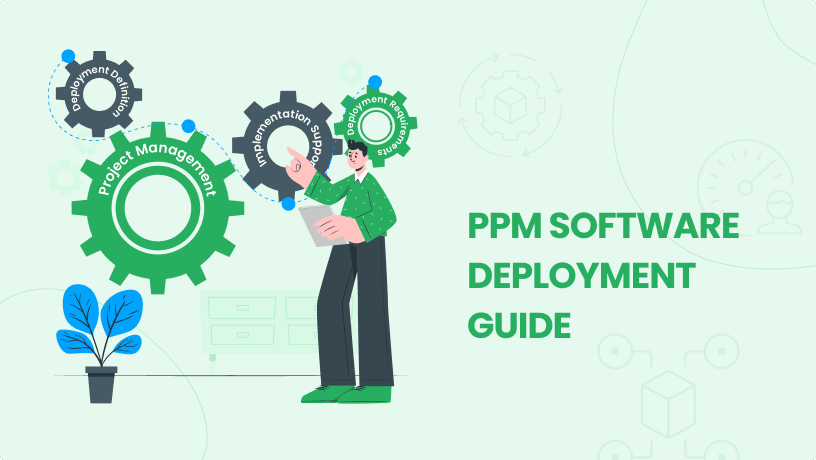
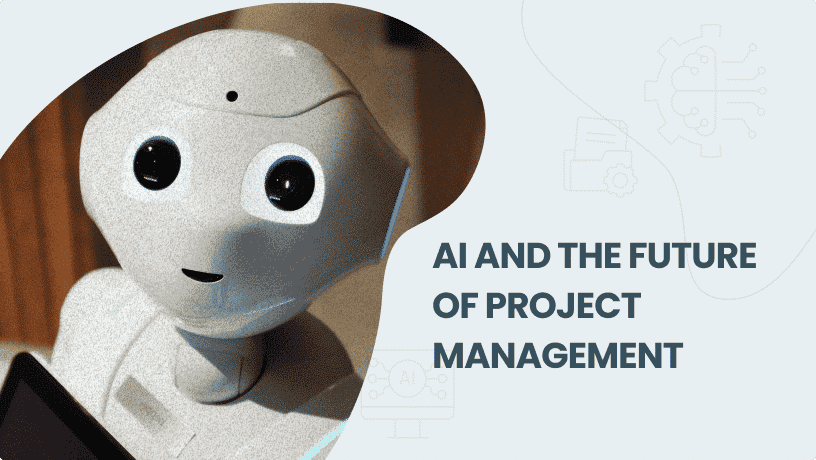
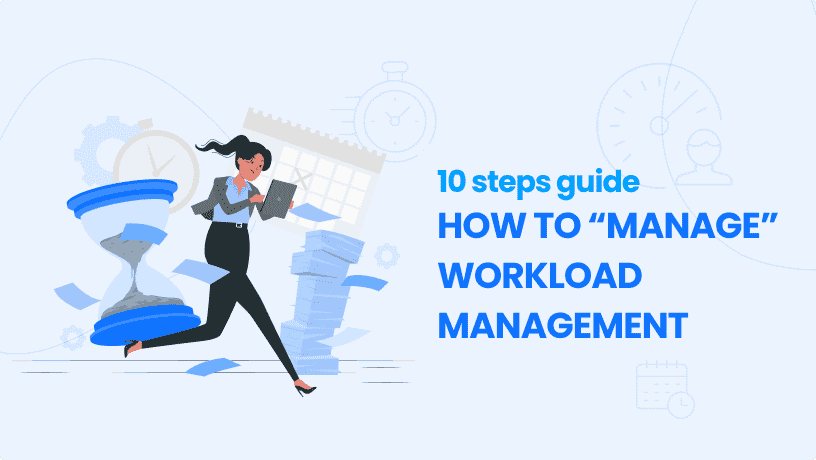






 Task Management
Task Management 

















 Customization
Customization
